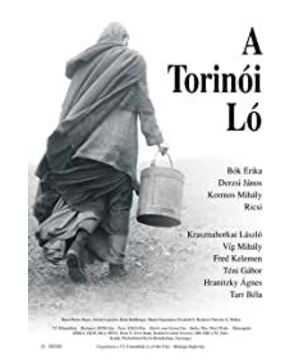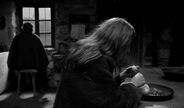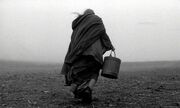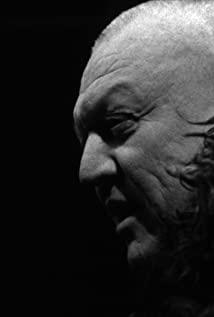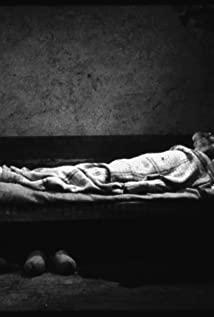The wind was really strong, and several leaves got tangled in the hair, and the hair and the hair fought with each other. Lonely, desolate, dead... the wind blew ghostly howls. The environment is extremely bad, the life is extremely lonely, and the body and spirit are destroyed. Like waiting to die, but ate and slept again. "Everything is in destruction, everything is degenerate." It was also flat and indifferent. I watched it for more than 50 minutes and couldn't stand it anymore. It's more uncomfortable than boring. Can live with this movie, you can live with life! What do they think when they look at the wind and sand outside the window? What do you want to express? Bella Tarr started making films at the age of 16, when he first filmed the life of a gypsy worker who "had nothing", trying to fight the social problems of socialist Hungary in an angry tone, which resulted in him being included in the authorities' list. in the blacklist. Beginning with the earliest short film, the characters in Bella Tarr's images, no matter how low their status or how poor their lives, have presented a kind of human dignity. . This kind of dignity allows people to have a little courage even in the face of a bleak life. Maybe that's what he said makes a person "strong", after all, according to Romain Rolland, this is the real and only "heroism". Why did Nietzsche cry with a horse? "The Horse of Turin" is a story about the German philosopher Nietzsche, who is said to have encountered such a thing before his mental breakdown in his later years: "On January 3, 1889, Turin, Friedrich Nietzsche walked out of the gates of Via Carlo Alberto 6, perhaps to take a walk, perhaps to pick up a letter from the post office. Not far from him, or actually At a great distance from him, a coachman was wrestling with his stubborn horse, which would not move no matter what he tried. So the coachman Giuseppe Carlo Ettore, impatient, swung his whip towards him. The horse was drawn away. Nietzsche approached the crowd and stopped the cruel scene. The coachman was so angry at the moment. The burly, bearded Nietzsche suddenly jumped into the carriage, threw his arms around the horse's neck, and began to sob. The neighbors took him home, and he lay on the low sofa for two days, motionless, without saying a word, until he finally murmured the last words of his life: Mom, I'm so stupid. Nietzsche continued to live under the care of his sister for 10 years, with a mild temper and confusion. As for the horse, we know nothing." Some people say that Nietzsche went mad because of the horse, others say it was something else The reason, we also know nothing. However, why did Nietzsche, at that moment, use his body to block the whip of the coachman and cry bitterly while hugging the horse? In history, Nietzsche was not the first to cry with a horse. In 1887, Nietzsche read the works of the former Soviet writer Dostoevsky for the first time in his life. In his novel "Crime and Punishment", when he was young The hero of Raskolnikov had witnessed a drunken coachman, constantly whipping the invincible skinny horse. When passersby saw such a situation, a few people also picked up the whip and started whipping the horse, shouting, whistling, and smirking at its eyes. Raskolnikov burst into tears and shouted loudly, ignoring the whip on his face and hugging the dying horse, but those who smoked the horse not only did not stop the torture, but instead shouted, "Kill the horse. Die it!" Finally ended the life of the horse. This scene was deeply imprinted in Nietzsche's mind, he wrote in a letter to a friend: "Yesterday, I imagined a moral tearful image, talking to Diderot. The artistry and metaphor of the film, pure and profound, The intention behind it is...
2018.2.25
View more about The Turin Horse reviews


